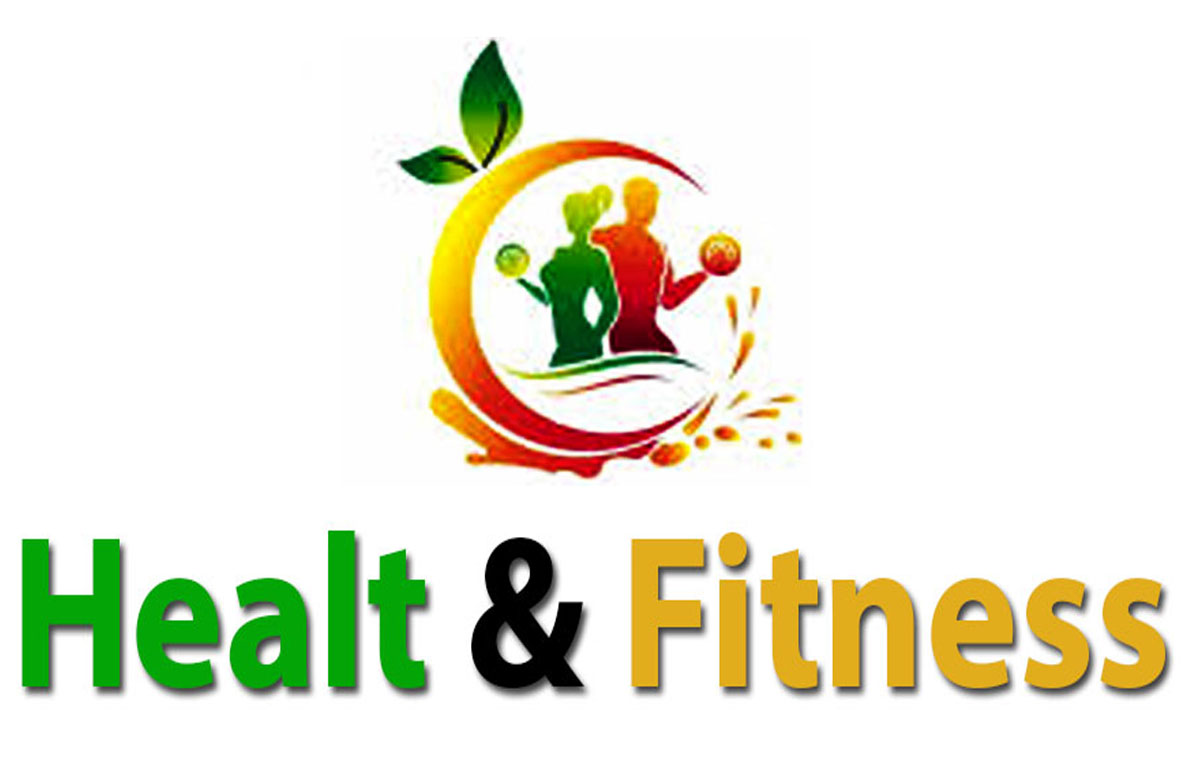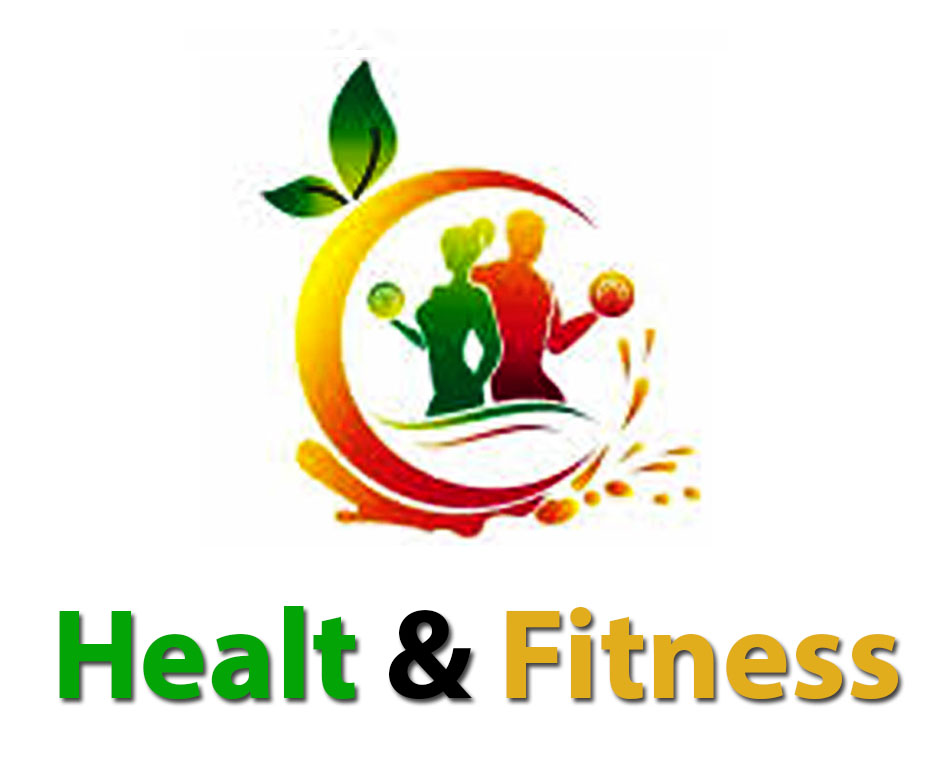Foam rolling benefits: tools for effective self-myofascial release
Foam rolling, a form of self-myofascial release, has gained significant attention in the field of fitness and wellness. This exercise relieves tension, increases flexibility, and enhances general well-being by applying pressure to the muscles using specialized equipment.
Understanding Self-Myofascial Release
Before learning about the benefits and equipment associated with foam rolling, it is crucial to understand the concept of self-myofascial release. Fascia, the connective tissue surrounding muscles, plays an important role in maintaining flexibility and mobility. Self-myofascial release involves techniques aimed at releasing tension within this fascia, promoting better movement and muscle function.
The science behind foam rolling
Fascia, although often overlooked, significantly affects our physical well-being. By applying pressure to specific points on the body using foam rolling techniques, individuals can target areas of tightness or adhesions in the fascia. Numerous advantages are derived from this process, which also helps to release knots, improve blood flow, and increase tissue flexibility.
Foam rolling techniques and equipment
There are countless techniques for foam rolling, from basic to advanced. Tools such as foam rollers, massage balls, and percussion devices are helpful in performing effective self-myofascial release. These tools allow individuals to target different muscle groups and apply different levels of stress.
A. Improved flexibility and range of motion:
Benefits: Foam rolling helps release tension in muscles and fascia, allowing for better movement and increased flexibility.
Explanation: Exercise, stress, or extended periods of sitting can cause muscles to become knotted or tight, which limits the range of motion and decreases flexibility. Foam rolling applies pressure to the area, breaking up adhesions and increasing blood flow. This process helps relax the muscles, promoting better flexibility and a wider range of motion in the joints.
B. Reduced muscle soreness and recovery:
Benefits: It helps reduce muscle soreness after a workout by increasing blood flow to the muscles, speeding up the recovery process.
Explanation: After intense exercise, muscles can experience micro-tears, which can lead to pain. Foam rolling stimulates blood flow to the area, providing oxygen and nutrients while removing waste products. Because of the improved circulation, injuries heal more quickly, muscles hurt less, and recovery time between workouts is accelerated.
C. Injury Prevention:
Benefits: Regular foam rolling can help prevent injuries by identifying and addressing tight spots that can cause strain or injury during physical activity.
Explanation: By targeting areas of tension and tightness, foam rolling can identify potential problem spots. Regularly working on these areas supports the preservation of muscle flexibility, balance, and appropriate movement patterns. By taking preventative measures, overuse injuries, strains, and imbalances that can arise during exercise or physical activity can be avoided.
D. Improved performance:
Benefits: By improving muscle function and flexibility, foam rolling can positively affect athletic performance.
Explanation: Flexible and properly functioning muscles contribute to better performance. Foam rolling can improve muscle flexibility, allowing muscles to contract and relax more efficiently. This increased flexibility and optimal muscle function can increase overall athletic performance, leading to better endurance, strength, and agility.
E. Stress Relief and Relaxation:
Benefits: The foam rolling process can have a calming effect, reduce stress and promote relaxation.
Explanation: Foam rolling requires focused, rhythmic movements and deep breathing. This combination can induce a relaxation response in the body, reduce stress hormones like cortisol, and stimulate the release of endorphins, which are the body's natural mood enhancers. This practice can be meditative, providing a mental break and promoting feelings of well-being and relaxation.
Equipment for effective foam rolling:
A. Foam roller:
Description: A cylindrical foam roller is the most common tool used for self-myofascial release. They come in different sizes and densities.
Function: Foam rollers work by applying pressure to specific points on the body. By rolling over muscles and fascia, they help release tension, break down adhesions, and improve blood flow to targeted areas.
Variation: Some foam rollers have different surface textures, such as grids or ridges, to provide different intensities for massage and target different muscle groups.
B. Message Ball:
Small balls, like tennis or lacrosse balls, are used for focused self-massage.
Functions: Massage balls are versatile and ideal for targeting specific areas of tightness or discomfort. Unlike foam rollers, they provide deeper pressure, which makes them ideal for smaller muscle groups or difficult-to-reach places like the shoulders, hips, or legs.
Variation: Some massage balls are textured or have different densities for different levels of pressure and intensity of massage.
C. Vibrating foam roller:
Description: These rollers are similar to traditional foam rollers but come with vibration settings or built-in motors.
Functions: Adds an extra dimension to vibration massage, provides deep muscle relaxation, and aids in more thorough myofascial release.
Variation: Vibrating foam rollers often have adjustable vibration settings, allowing users to control the intensity of the massage.
D. Trigger Point Sticks:
Description: These are handheld tools specifically designed to target trigger points and small muscle groups.
Function: A narrow, often textured, trigger point stick designed to apply concentrated pressure to specific points. They are effective for releasing knots and tightness in hard-to-reach areas such as the neck, calves, or arms.
Variety: Some trigger point sticks have adjustable pressure settings or different head attachments for different massage techniques.
Tips for effective foam rolling:
Consistency: Regular and consistent foam rolling sessions produce better results.
Correct technique: Roll slowly over muscle groups and focus on areas that feel tight or sore.
Breathing: Maintain steady breathing to relax the muscles.
Hydration: Drink plenty of water to flush out toxins released during the process.
Post-Exercise: Foam rolling after a workout can help speed recovery.
Remember, while foam rolling offers many benefits, it's essential to use proper technique and avoid overdoing it, especially in sensitive or injured areas. Always consult a healthcare professional before starting any new exercise routine or if you have any concerns about using foam rolling for a specific condition.
Who Can Benefit From Foam Rolling?
Foam rolling is a useful technique that can help with recovery, muscle tension reduction, and flexibility enhancement. It is not just for athletes. Whether you're an athlete, a sedentary person, or someone with certain conditions, foam rolling can be beneficial.
Incorporating foam rolling into your routine
For beginners, it is recommended to start with gentle pressure and gradually increase the intensity. Integrating foam rolling before or after a workout can aid in muscle warm-up or recovery, respectively.
Common misconceptions about foam rolling
There is a myth that using foam rolling will make your muscles hurt or sore. Understanding the right techniques and using the right tools can dispel these myths.
Precautions and Best Practices
Although foam rolling offers many benefits, it is essential to follow safety guidelines. Refrain from rolling over damaged muscles or bony areas. Applying too much pressure can also lead to injury.
In summary, foam rolling stands out as a versatile and effective exercise for self-myofascial release, offering a spectrum of benefits for individuals from all walks of life. Integrating this exercise into one's routine can help increase flexibility, reduce muscle tension, and contribute to overall physical and mental well-being.
FAQs
1. Is foam rolling only for athletes?
Foam rolling is beneficial for everyone, not just athletes. It can help improve flexibility and reduce muscle tension in anyone looking for these benefits.
2. Can foam rolling cause injury?
When done correctly, foam rolling is safe. However, applying too much pressure or rolling over the injured area can cause injury.
3. How often should one foam roll?
It varies per person. It is recommended to start with a few times a week and adjust based on comfort and need.
4. Should foam rolling be done before or after a workout?
It can be done both before and after workouts. Pre-workout foam rolling can help warm up muscles, while post-workout rolling can aid recovery.
5. Are there any specific conditions where foam rolling is not recommended?
Individuals with certain medical conditions or recent injuries should consult a healthcare professional before starting a foam rolling routine.

.jpeg)

.jpeg)
.jpeg)

